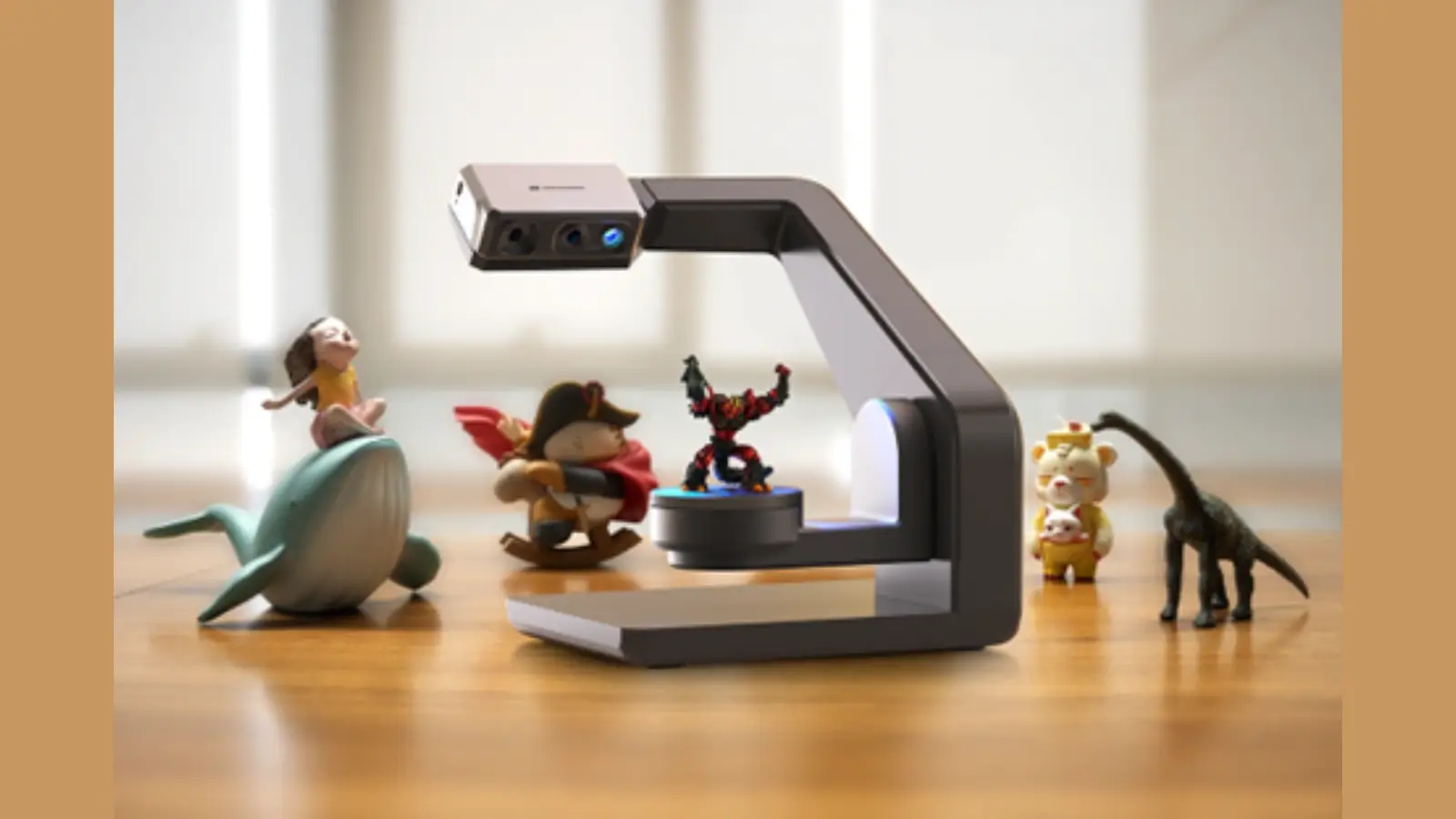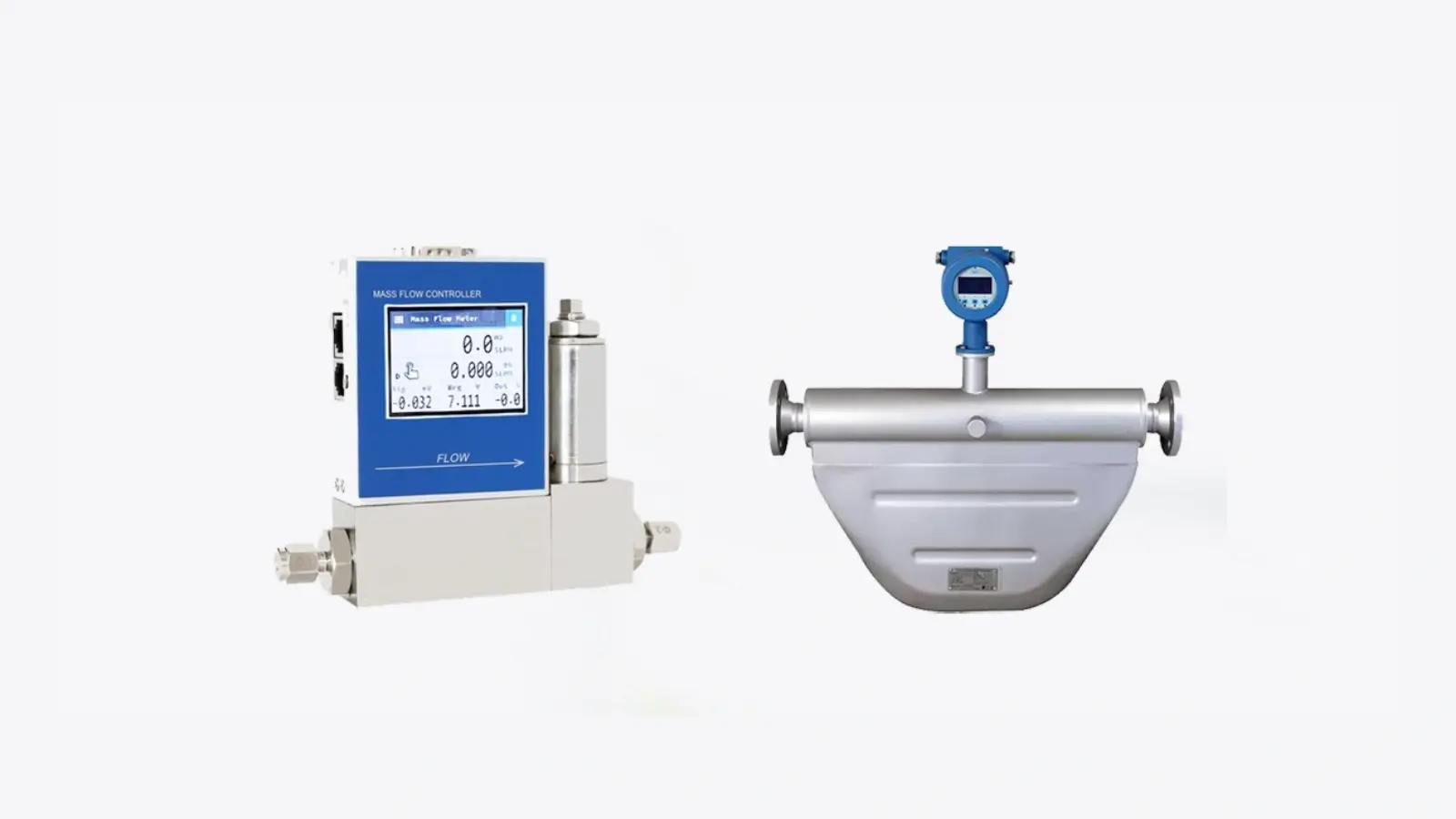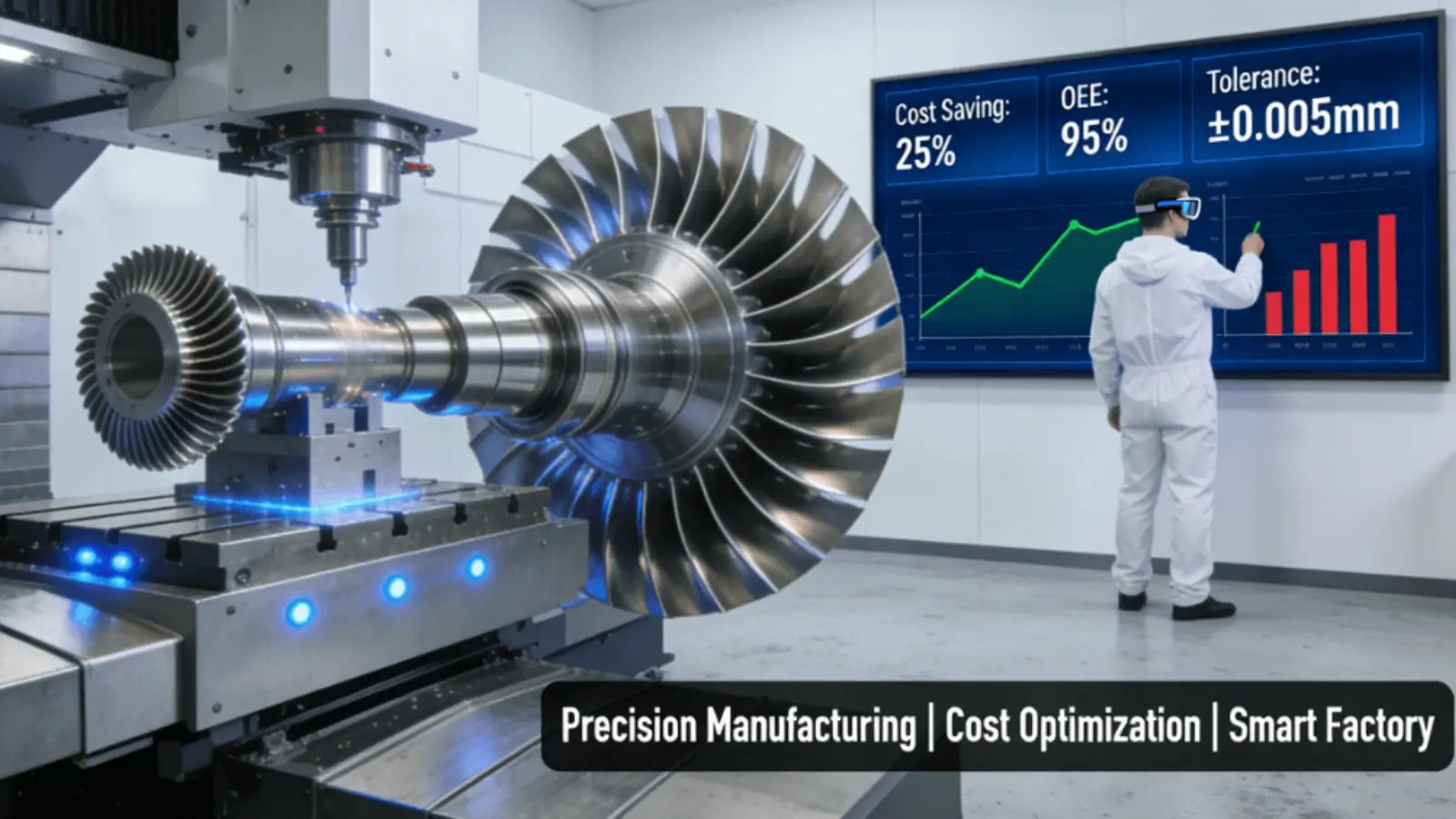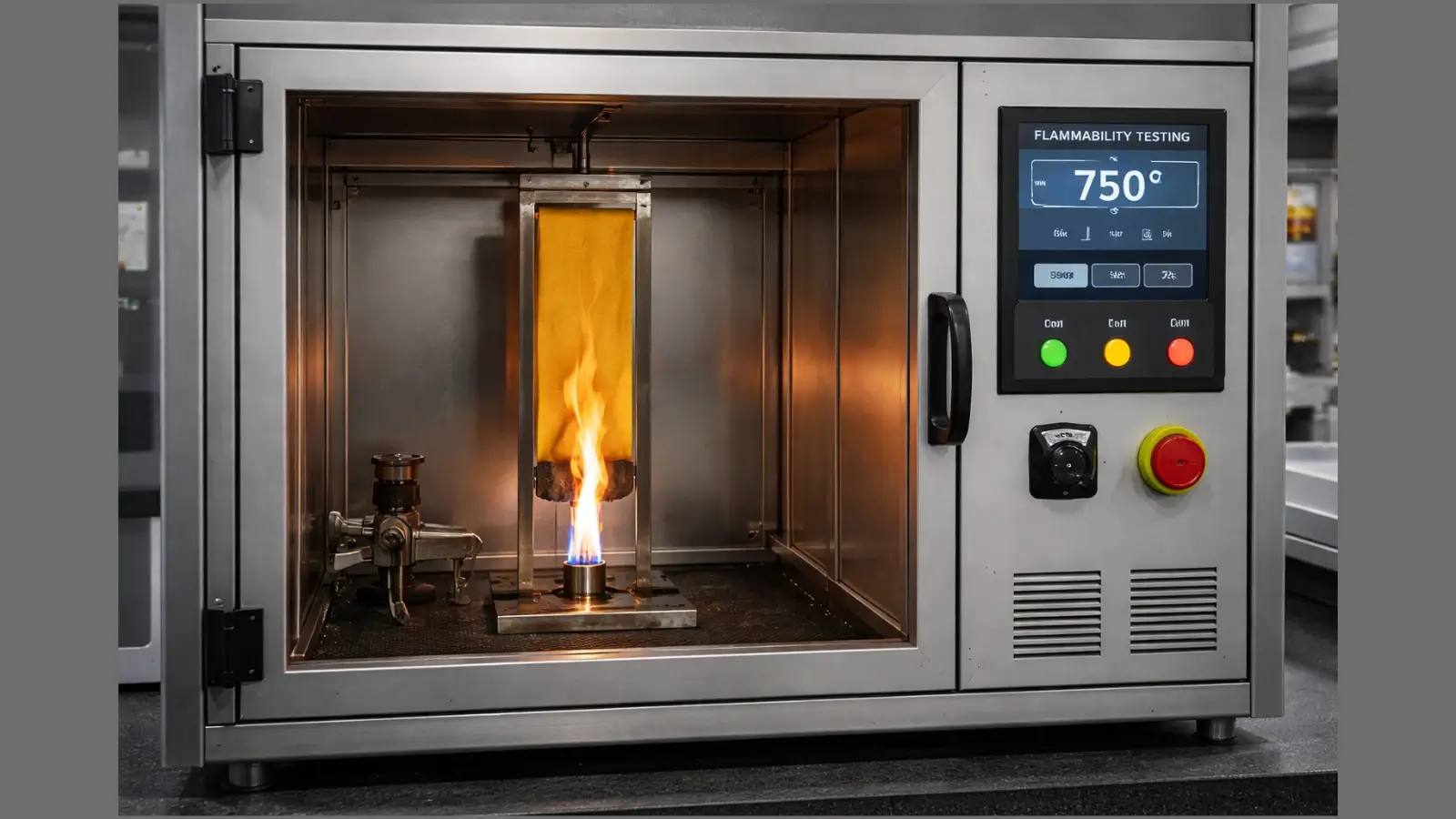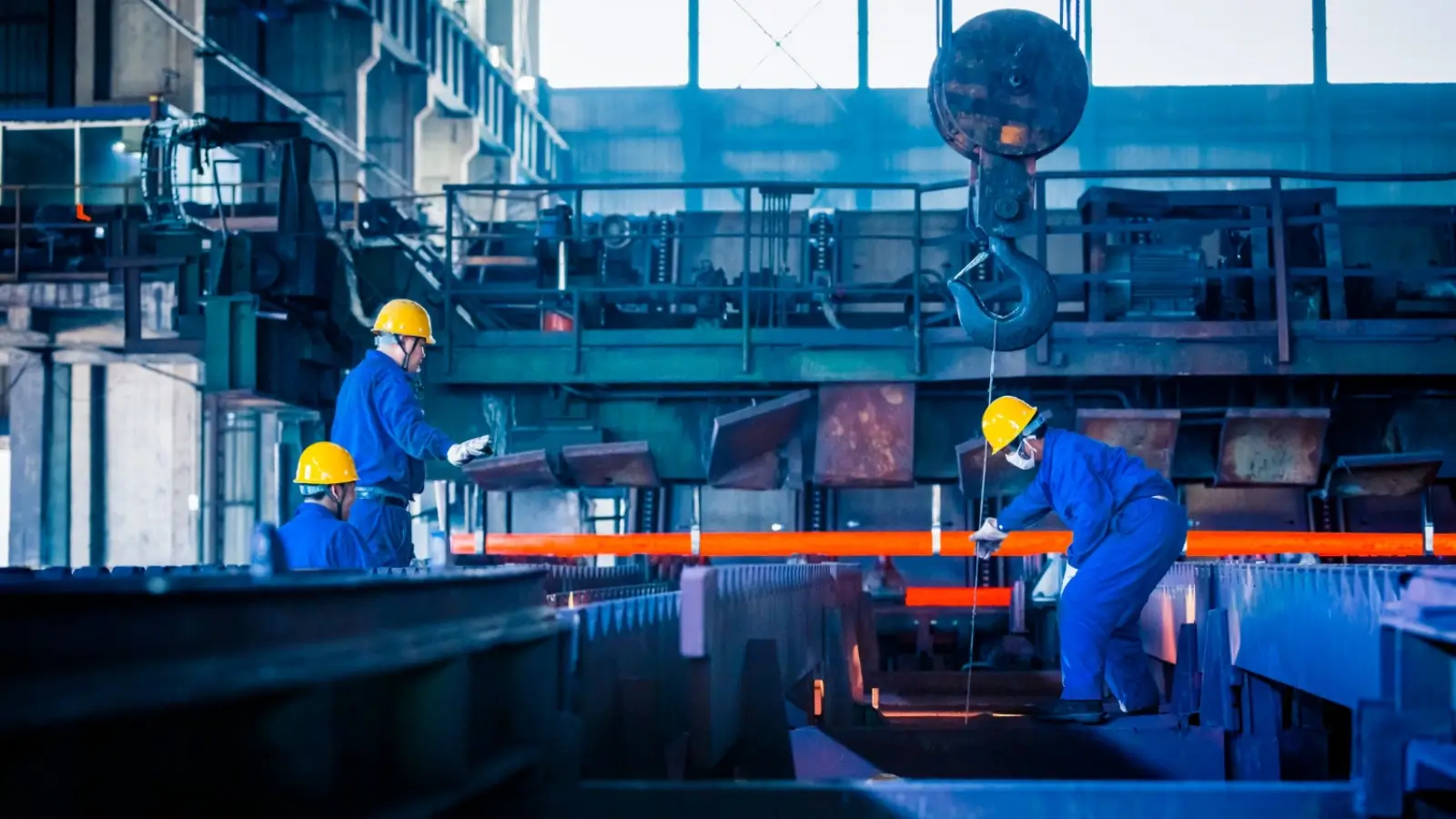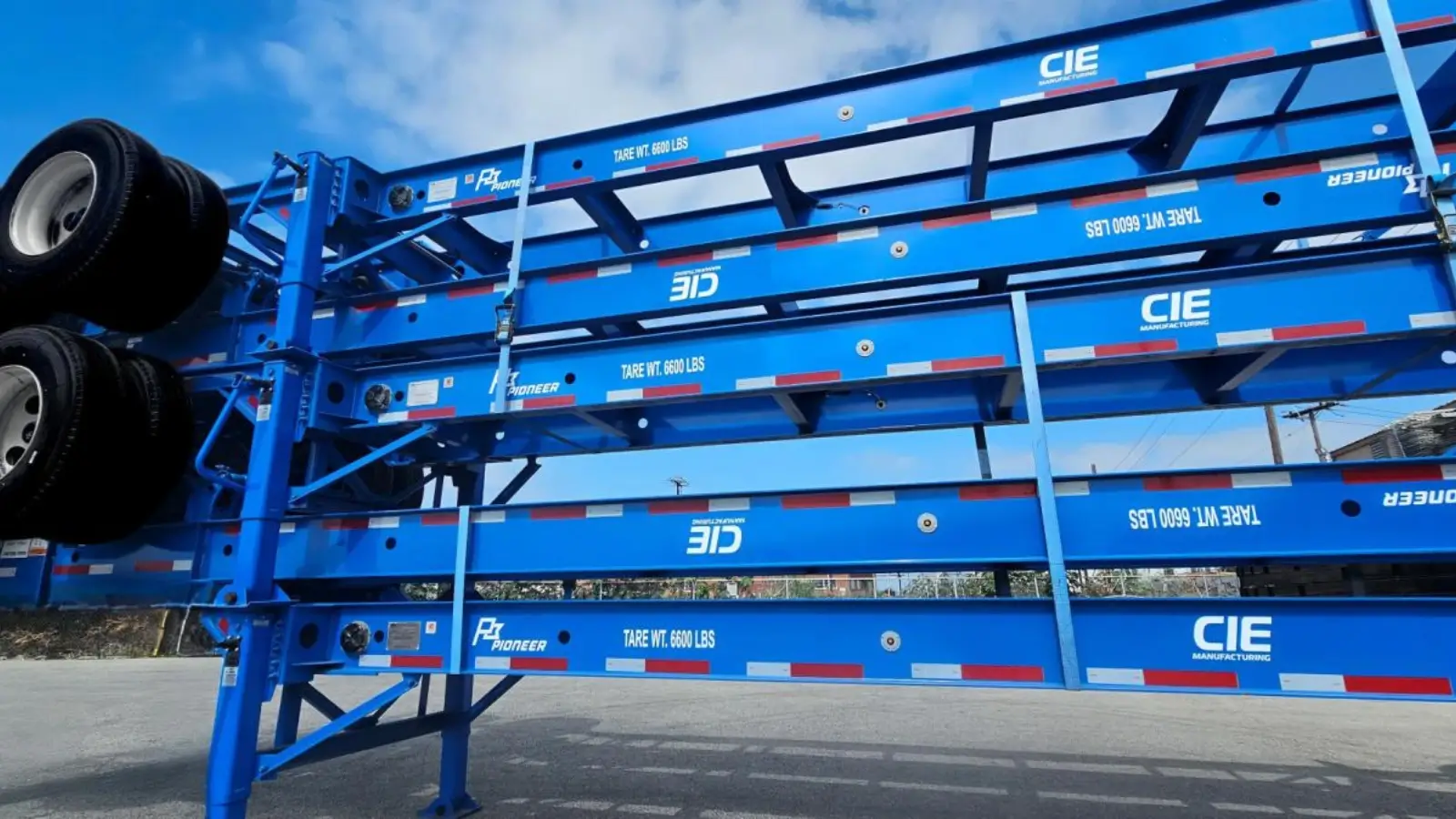Precision is everything in manufacturing, and replicating parts with absolute accuracy can be a challenge. Traditional methods often leave room for error, slowing down production and increasing costs. This is where 3D scanning technology helps improve part replication accuracy.
By using 3D scanners, you can capture every detail of a component, from its dimensions to its intricate features, creating a digital model ready for reproduction. This article explores how 3D scanners streamline the manufacturing process, reduce errors, and enhance efficiency, helping manufacturers keep pace with industry demands.
Understanding 3D Scanners in Manufacturing
3D scanners, especially those equipped with technologies like a LiDAR camera, play a significant role in modern manufacturing by enabling precise digital reproduction of physical parts. They capture intricate surface geometries, which support accurate part replication.
What Are 3D Scanners?
3D scanners are devices that analyze physical objects to collect data on their shape and, in some cases, color or texture. This data creates a digital 3D model.
Scanning technologies include laser triangulation, structured light, and photogrammetry. A laser scanner projects a beam onto the object, while cameras detect distortions to capture dimensions. Structured light uses projected light patterns and sensors for similar purposes. Photogrammetry relies on images taken at different angles to reconstruct the object digitally.
Devices vary in size and functionality. Examples range from handheld scanners suited for small, detailed parts to large-format systems designed for industrial machinery components.
Key Applications in Part Replication
- Reverse Engineering: 3D scanners aid in recreating parts with missing designs. Let’s say you’ve got an old machine part and no CAD file in sight. A 3D scanner can capture the geometry so you can rebuild it digitally, no need to start from scratch.
- Tooling and Molding: In injection molding or die casting, scanners provide detailed digital replicas of mold patterns. This improves the precision of tooling processes.
- Inspection and Quality Control: Scanners verify geometric accuracy against design specifications. Manufacturers use them to identify defects or deviations in complex parts.
- Archiving Legacy Parts: Businesses digitize discontinued models for inventory or historical purposes. 3D scanning preserves precise details for future use.
For example, a manufacturer recreating spare parts for equipment 25 years old might scan an original component to produce CAD data. This eliminates the challenges of manual redesign and ensures dimensional fidelity.
This versatility makes 3D scanners essential in manufacturing workflows.
Benefits of Using 3D Scanners for Part Replication
Using 3D scanners in manufacturing significantly enhances the process of part replication. They contribute to better precision, efficiency, and compatibility with advanced manufacturing practices.
Precision and Accuracy
Scanners capture intricate surface details in high resolution, replicating parts with minimal deviation. Some scanning systems, such as structured light scanners, can record large volumes of data points, often achieving precision at the micron level, depending on the application. That’s more than enough for most applications, even the really complex ones.
By eliminating manual measurements, they remove human error during the reverse engineering process. This consistency is key when replicating legacy parts or components with complex shapes. Manufacturers save time during inspection, as digital comparisons highlight flaws directly on 3D models.
Time and Cost Efficiency
Automation in scanning accelerates workflows, reducing labor hours. For instance, parts scanned in minutes may otherwise take hours to model manually. Faster feedback shortens production cycles, allowing quicker iterations or modifications.
Costs drop, too, due to decreased material waste. Rather than testing physical prototypes repeatedly, simulated analyses on digital replicas can identify issues ahead of production. Companies also avoid unnecessary tooling adjustments by resolving design inaccuracies early.
Integration with Modern Manufacturing Techniques
3D scanners integrate seamlessly with CAD tools, CNC machines, and additive manufacturing systems. Their compatibility enables straightforward transitions between design and manufacturing stages. Scanned data informs tool paths, improving machining precision for CNC processes or optimizing 3D printing models.
In applications like mold creation, scanned data ensures molds match the original parts exactly. Similarly, by rapidly generating reference models, scanners support industries relying on custom-fit components, such as automotive or aerospace. The flexibility of integrating scanned data across varied systems enhances its usability and extends its applications.
Challenges in Using 3D Scanners
Accurate part replication through 3D scanning isn't without obstacles. While scanners enhance precision, certain constraints can affect their performance and outcomes.
Limitations in Scanning Certain Materials
Materials like polished metals and transparent objects complicate scanning due to uneven light reflection or transmission. Surface treatments, such as spray-on powders, can improve accuracy but add prep time.
Environmental factors like temperature and lighting also affect scan quality, with outdoor conditions posing challenges. Specialized scanners may be needed for difficult materials or settings, though they tend to be more costly.
Software and Hardware Compatibility Issues
Compatibility issues often arise when integrating scanners with existing software and hardware, especially if proprietary scanner software doesn’t align with CAD tools, CNC machines, or production workflows. File formats like STL, OBJ, and PLY, though common, may still require conversions that risk data loss and add time and cost.
Hardware limitations, such as insufficient processing power or storage, can worsen these problems since high-resolution scans produce large files needing robust systems. To avoid such issues, it’s important to verify file format support, system requirements, and integration capabilities before purchasing a scanner.
Choosing the Right 3D Scanner for Your Needs
Selecting the appropriate 3D scanner demands attention to various requirements and specific workflows. Each scanner type excels in different applications, making an informed choice crucial.
Factors to Consider
- Application Goals: Define your scanning objectives first. For precision engineering tasks, structured light scanners provide high accuracy suitable for precision tasks. Conversely, handheld scanners offer better flexibility for larger objects but with slightly reduced precision.
- Object Characteristics: Assess the material and surface properties of your parts. Shiny or transparent surfaces are challenging. Such cases may require surface sprays or scanners with advanced capabilities like blue light technology, which minimizes reflection issues.
- Scan Volume: Match the scanner's maximum allowable scan size to your target parts. For instance, desktop scanners typically handle small-scale objects and components.
- Software Integration: Many scanners pair more effectively with specific design software like SolidWorks or Autodesk. Confirm compatibility with your existing tools to streamline processes.
Future Trends in 3D Scanning Technology
Advancements in 3D scanning technology point to faster, more precise systems with broader applications. Developers are focusing on higher-resolution imaging that captures finer details without compromising speed. High-resolution scanners capable of capturing fine detail are becoming more accessible across industries, particularly in advanced manufacturing. 3DMakerpro reflects this trend with its products, offering micrometer-level precision in a device small enough for desktop use.
Automation is set to dominate 3D scanning, with robotic arms enabling fully autonomous workflows that boost throughput in mass production. Portable, lightweight scanners with wireless connectivity are also emerging, supporting field use in industries like construction and archaeology. AI-driven post-processing now automates data refinement, reducing manual effort by correcting inconsistencies and aligning scans efficiently.
Advances target challenging materials, with sensors that handle reflective or transparent surfaces without pre-treatment, simplifying workflows in fields like automotive. There’s a push for affordable, high-performance devices, as well as experimental distributed scanning networks for large-scale projects. Environmental concerns lead to energy-efficient designs, while wearable scanners promise on-the-move data capture for maintenance and construction. These trends suggest continuous workflow improvements and innovations ahead.
Embracing 3D scanning technology can revolutionize your manufacturing processes by delivering unmatched precision, efficiency, and adaptability. By selecting the right scanner for your needs and staying informed about emerging trends, you position your business to thrive in an increasingly competitive industry.
While challenges like material properties and integration hurdles exist, advancements in technology are continuously addressing these limitations. Investing in 3D scanners not only enhances part replication but also streamlines workflows, reduces costs, and opens the door to innovative possibilities.
By leveraging this cutting-edge tool, you can ensure your manufacturing operations remain at the forefront of modern practices, driving both quality and long-term success.

